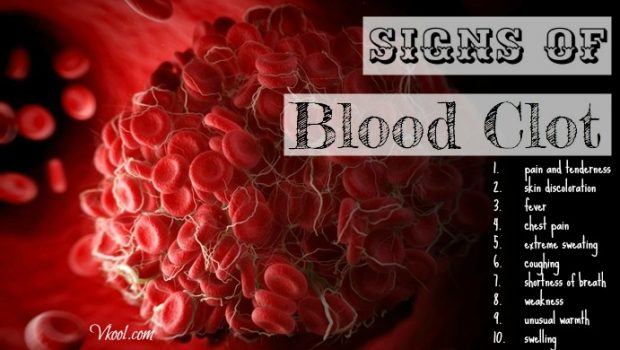
Your blood is responsible for pumping throughout every organ of the body to keep you breathe, which is the most important job of all. Without an adequate and healthy amount of blood in the body, you will become vulnerable to several diseases, some of which may prove life-threatening. But your blood sometimes performs an important function of clotting. It is when you cut yourself or injure, your blood will assume a gel-like texture in order to cut off the blood flow as well as prevent losing blood too much.
Nevertheless, having blood clots is not perfectly good. At times, a blood clot can occur deeply in your veins, particularly your leg veins, although you have cut or injury. This condition is called deep vein thrombosis (DVT).
Top 10 Early Signs Of Blood Clot
There are several agents causing DVT in an individual. Smoking, pregnancy, obesity, lung and heart disease, cancer (of the brain, pancreas, bone, lymphomas, and ovaries), hormone therapy (like using birth control pills), chemotherapy, inflammatory problems like rheumatoid arthritis are most common agents causing this problem. However, immobility happening after a patient has suffered from an accident or major surgery that makes her or him unable to freely move is considered as one of the leading reasons causing DVT. Besides, genetics also play a big role in diagnosing if a patient has the ability to have DVT. But, in some cases, this condition can occur without apparent reason.
DVT may be a potentially life-threatening and extremely dangerous condition. The clots in the veins can tend to break away, find the way to your lungs, and lodge themselves in there and thereby blocking your blood flow. A clot of blood in your lungs is known as a pulmonary embolism and is considered as a serious medical emergency. Although being a largely asymptomatic, DVT has some symptoms in a few people, which are definitely worth knowing. If you can be simply aware of these symptoms, you can prevent numerous illness or even death.
You can think that these symptoms are not clear enough for you to distinguish if you may have DVT or not. However, if you suffer from any of the conditions which qualify as the risk factors of this problem and find yourself having some symptoms of DVT, you might just meet your doctor for help as quickly as possible. In this article, VKool.com will show you 10 early signs of blood clot. This article listed the warning signs that you should notice to get rid of this condition timely. However, it is not intended to give medical advice and it is solely for the informational purpose. Keep reading this article to understand more.
1. Pain And Tenderness

Swelling may not or may accompany to DVT-associated pain, but leg tenderness and pain are likely to happen when you suffer from DVT-associated swelling.
In fact, leg pain is one of the early signs of blood clot, according to a study published in 2000. You may suffer from a sharp, burning leg tenderness and pain for various reasons, and it can be located everywhere in your leg.
However, blood clot-associated leg tenderness and pain is likely to be limited to the calf region and along your medial thigh area (the area from the middle of your thigh to your outer sides).
Averagely about 50 to 75% patients having blood clot who show symptoms are likely to experience pain. Blood clot patients may experience the most extreme pain whenever they go for a walk in which it puts much more pressure on your blood clot.
These people will feel better when they have a break after walking for a specific period of time and this pain will appear again when they continue walking.
If you notice that you have a pain when walking, have reduction when resting for a period of time, and have a pain again, surely you should seek the medical help. You may also squeeze the calf to check if you have a sharp pain when squeezing.
A person diagnosed with blood clot will also suffer from pain if they try to lift straight their legs up and use their hands to pull the toes toward themselves. This is known as the Homan’s Test for blood clot.
Typically, such pain will not happen when they sit or lie down if the clot has not reached an advanced stage.
2. Skin Discoloration
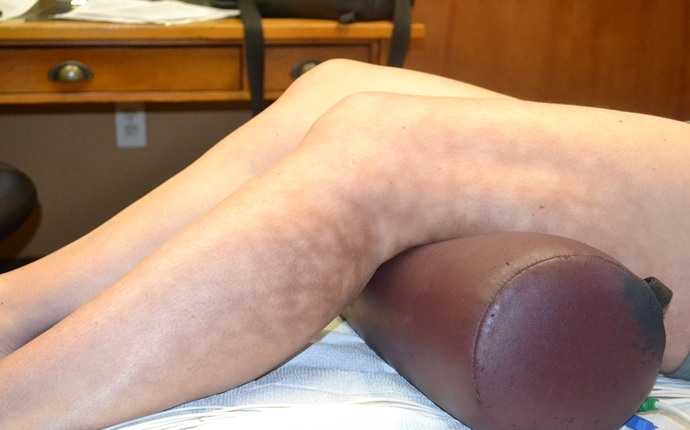
If you suffer from blood clot, you may notice that some parts of your leg skin assuming an unusual color such as red or blue color. This is likely because of a blood clot growing under that discolored area.
Because a blood clot is known as a trauma to your vein, it leads to inflammation of your vein and you may see it through a visible discoloration on your skin’s surface. This irritated skin area can or cannot become excessively dry and flaky, which causes an itching condition.
Hence, if this happens, you should not scratch your irritated area incessantly because it can further aggravate your skin along with your underlying blood clot.
The discolored skin area may be painful, tender, warm, and swollen. Therefore, skin discoloration will happen with the majority or all of the signs described above.
See more: The 3-week diet system review – will Brian Flatt’s diet work?
3. Fever

Another of 10 signs of blood clot is a low-grade fever. When you have this sign, it means that your condition has developed to an advanced stage. According to a 2024 research, typically, a fever is a popular sign and can indicate dangerous outcomes.
In most of the cases, a fever may indicate that your blood clot has moved to the lungs and then settled therein. This, in turn, signals a blockage and causes a pulmonary embolism (PE).
See more: 34 Ways on how to break a fever in adults naturally
4. Chest Pain

When your lungs are blocked because of having a blood clot in there, you will suffer from extreme strain when you try to breathe. As a result, it often leads to a sharp pain in your chest.
Most of the patients diagnosed with blood clot and pulmonary embolism reported that they had suffered from chest pain (according to a study published in 2024 of Experimental and Clinical Cardiology).
Learn more: How to treat chest pain naturally at home – 6 tips
5. Extreme Sweating

People suffering from blood clot and possible pulmonary embolism will have the ability to suffer a case of extreme sweating. They can feel light-headed as when they pass out for a few minutes.
Sweating at night is also a popular sign occurring in patients with pulmonary embolism. And thanks to this sign, we can detect pulmonary embolism at an early stage (reported in a study published in 2005).
The blood clot in legs travels not only to the lungs of patients but also their brain as well as heart and thereby causing a stroke or heart attack.
Read more: 10 home remedies for excessive sweating on face & other parts
6. Coughing

Coughing is also one of the early signs of blood clot and short breath associated with pulmonary embolism.
In fact, it is considered as the obstruction caused due to a blood clot which has traveled to your lungs and makes you impossible to breathe and manifests the irritation via incessant coughing.
Coughing or coughing accompanied by blood are the significant signs of blood clot.
See more: 28 natural home remedies for cough for kids and adults
7. Shortness Of Breath

It is an alarming sign of 10 early signs of blood clot and pulmonary embolism you should know. Shortness of breath clearly proved that the blood clot has settled in your lungs successfully, which obstructs not only your blood flow via your lungs but also your airflow. As a result, it leads to obstructed breathing.
Also known as Dyspnea, shortness of breath is reported to be the most common sign of pulmonary embolism by numerous PE patients suffering from it. Besides, it is said that your breathing can also be abnormally more quickly and quickly.
Learn more: How to treat shortness of breath at home naturally – 6 tips
8. Weakness

Blood clot patients may feel particularly weak in their quadriceps (the area in the middle of your thighs), and they may often feel as if their legs can be unable to carry the body’s load.
The weakness feeling can go with a feeling of mental weakness and dizziness. It may subside after you have a rest for a while and drink some fluids.
This feeling isn’t one of the most common and primary signs of blood clot. However, it occurs in several patients. Hence, you should notice more of it.
Read more: 10 Best home remedies for weakness
9. Unusual Warmth

People suffering from blood clot in legs can feel unusually warm in the area where your blood clot has developed. This sign usually goes with other symptoms like pain and swelling, but it can also exist without any symptom. Besides, you may feel warm and tender only when you touch this clot area.
Whenever you suffer from pain after you go to walk, and then you stop and/or sit down to have a break, let run your hand over this area where you feel pain. If you feel warm, you’d better consider it as a healthy warning of your body and seek medical attention immediately.
10. Swelling
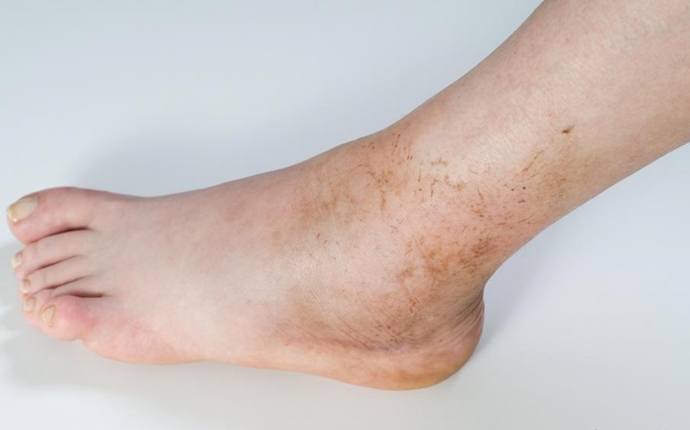
Swelling, particularly in your leg (called leg edema), is one of the classic and primary signs of blood clot.
You can notice a significance difference between one leg and the other. You will feel seem to be a fluid buildup in the leg when you stand up or begin to walk.
A swollen leg may not mean that you have blood clot. However, when this sign is combined with many risk factors of blood clot and its other symptoms, you will have enough reasons to conclude that you have blood clot and look for an appropriate medical attention.
In a study published in 2024, leg edema was proved as one of the significant and common signs of blood clot in the leg.
Therefore, if you have an unnatural swelling leg, it may not be a reaction of an intense workout session, but it could be an early sign of a blood clot.
Read more: How to reduce throat swelling and pain naturally – 6 tips
Related link: Simple ways to prevent blood clots naturally
To get more information related to health problems, go to our main Health page. After studying the writing of top 10 early signs of blood clot, hope that this article will help you learn more some early signs to determine this condition as well as overcome it. If you have any question or comment, please leave them below, I will respond you as soon as possible. Also, you can share your experiences with us if you know other signs of blood clot.
Want More Content Like This In Your Inbox?
- 8 Main uses of biotin for health and beauty
- Nutrition For Athletes – 11 Nutrition Tips For Athletes Of Every Age
- 21 Natural Home Remedies For Colic In Babies
- 22 Home Remedies For Sunburn Itch On Face And Body
- Most popular weight loss diets for everyone you should know
- Green Diy Energy Guide Review – Does It Really Work Or Just Hype?
- How To Fight Sleepiness At Work & While Studying Without Caffeine
- Get rid tattoo naturally review – will Jason’s guide work?

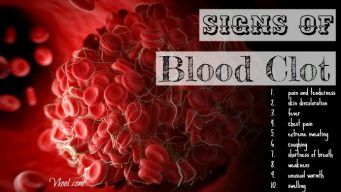
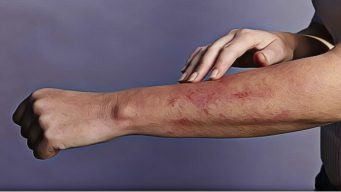

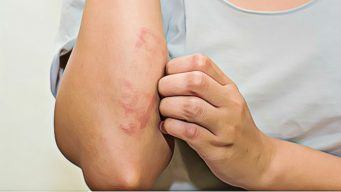






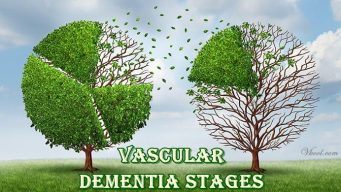
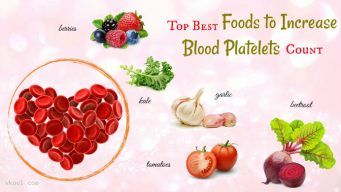
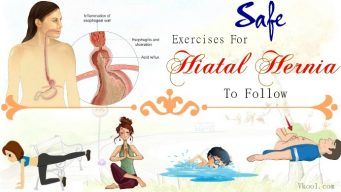

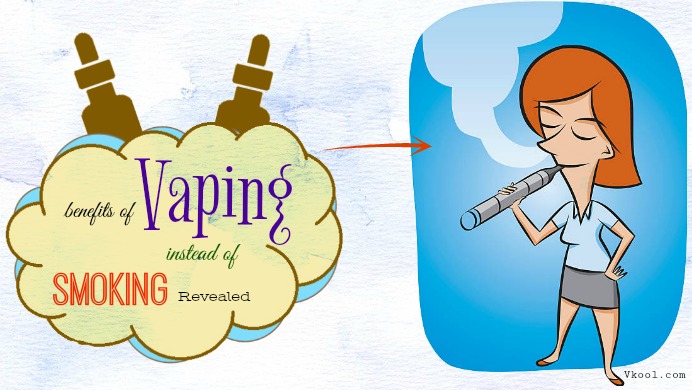




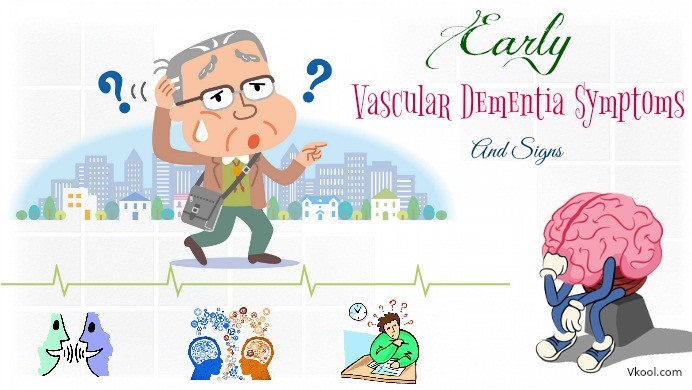

 Leanness Lifestyle Book Review – Is David’s Guide Useful?
Leanness Lifestyle Book Review – Is David’s Guide Useful?  Banish Cold Sores Review – Is Gary Townsend’s Guide Useful?
Banish Cold Sores Review – Is Gary Townsend’s Guide Useful?  Top 17 low blood pressure diet recipes
Top 17 low blood pressure diet recipes  Get Rid Of Cold Sores Fast Review – Can Ellie’s Book Really Work?
Get Rid Of Cold Sores Fast Review – Can Ellie’s Book Really Work?  Guilt Free Desserts Recipes Review – Is Kelley’s Cookbook Useful?
Guilt Free Desserts Recipes Review – Is Kelley’s Cookbook Useful? 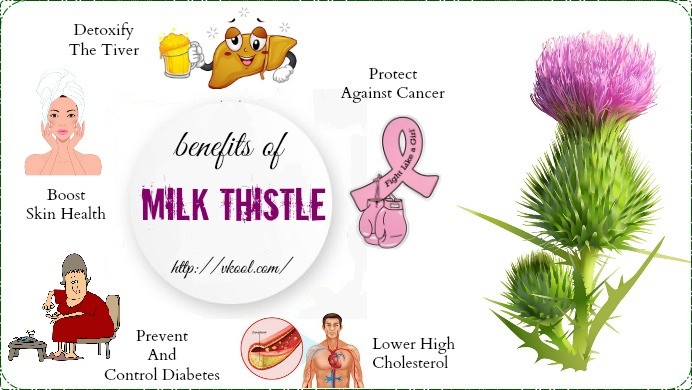 14 Health Benefits Of Milk Thistle Extract For The Human Body
14 Health Benefits Of Milk Thistle Extract For The Human Body  Best Healthy Foods For Immune System You Should Not Skip!
Best Healthy Foods For Immune System You Should Not Skip!  Top 16 Nutritional And Health Benefits Of Longan
Top 16 Nutritional And Health Benefits Of Longan  Vegetables To Lose Weight And Boost Metabolism Fast
Vegetables To Lose Weight And Boost Metabolism Fast  Top 13 Health Benefits Of Lemongrass
Top 13 Health Benefits Of Lemongrass